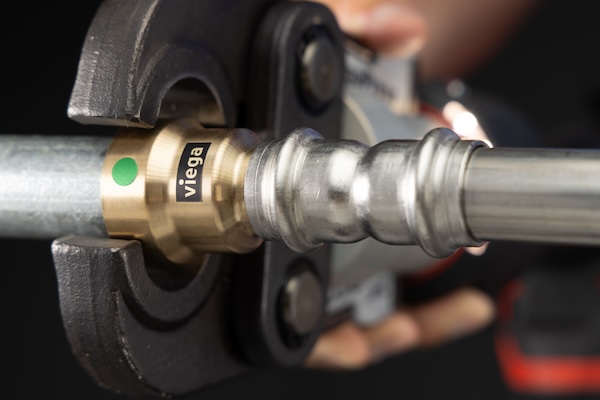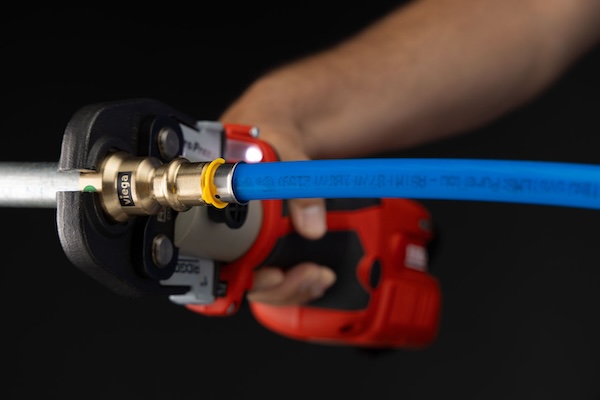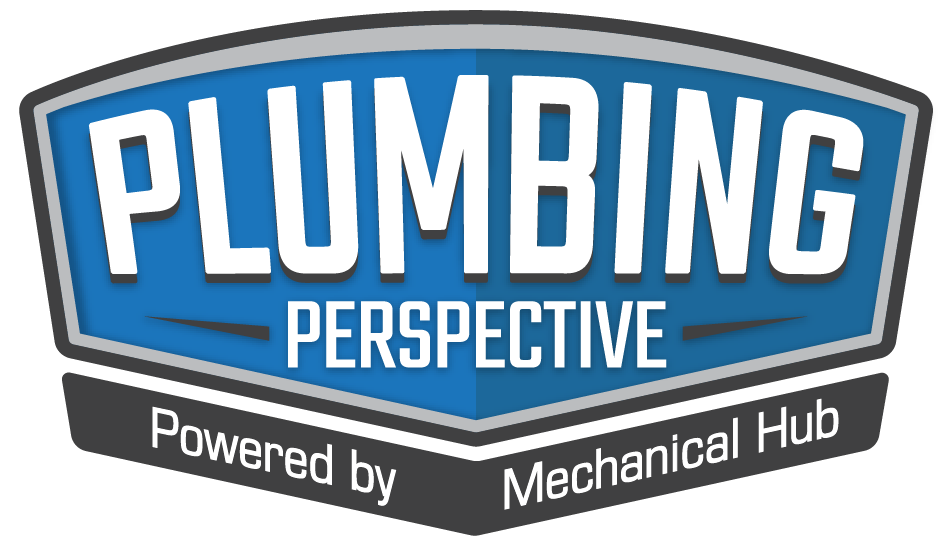In the last several decades, increasing regulations on lead content in drinking water systems have directly impacted the evolution of plumbing materials. For Viega, the transition from leaded bronze to ZL (zero-lead) bronze represented a significant milestone in ensuring compliance and advancing industry standards. This is further exhibited by the Viega MegaPress® Transition Coupling, which uses press technology to make transitioning between different systems easier than ever before.

The Shift to Lead-Free Alloys
Regulations on lead content have appeared with respect to gasoline, paint and plumbing systems.
- 1974: The Safe Drinking Water Act (SDWA) was originally created in 1974 and been amended in 1986 and 1996. Allowed the EPA to regulate public water systems and impose limits on contaminants.
- 2008: California and Vermont reduced allowable lead content to 0.25% weighted average across wetted surfaces.
- 2011: The federal Reduction of Lead in Drinking Water Act (RLDWA) mandated a nationwide 8% lead limit.
- 2014: Full enforcement of RLDWA required manufacturers to adopt zero-lead materials for all new potable water systems, further reducing the lead limit for pipes, fittings, and fixtures to less than 0.25%.
These regulatory changes led to the development and adoption of alternative alloys that meet lead content requirements while maintaining performance.

Challenges in Transitioning to Zero-Lead Bronze
The shift from leaded to lead-free components presented significant engineering and manufacturing challenges:
- Material Properties: Traditional leaded bronze offered superior machinability due to lead’s lubricating properties. Lead-free alternatives, such as silicon and phosphorus-bronze alloys, required modifications of machining processes to mitigate tool wear and burr formation.
- Casting and Forming: Lead also contributes to metal fluidity, reducing shrinkage defects. Transitioning to zero-lead alloys necessitated mold redesigns and optimized casting techniques.
- Soldering and Brazing: The wetting behavior of lead-free materials differs from leaded solder, requiring adjustments to flux compositions and brazing temperatures. Installation techniques had to adapt as well due to differential heating between this new bronze and copper tubing.
- Corrosion Resistance: Some zero-lead alloys are more prone to dezincification and stress corrosion cracking, increasing the need for dezincification-resistant (DZR) alloys staying below 15% zinc or adding inhibitors.
- Compliance and Cost: Meeting NSF/ANSI/CAN 61 and 372 standards involved significant investment in new tooling, certification, and material procurement.
The Importance of Dezincification-Resistant (DZR) Bronze
Dezincification occurs when zinc is leached from brass, leaving a porous, weakened structure. Viega’s ZL bronze incorporates DZR properties to ensure:
- Enhanced corrosion resistance in aggressive water environments.
- Longer-lasting performance in high-temperature applications.
- Regulatory compliance without compromising material strength or durability.
Leading the Industry Forward
As part of our commitment to innovation and regulatory compliance, our zero-lead fittings exemplify how advanced material science can support safe drinking water initiatives. Notably, the MegaPress Zero-Lead Bronze Transition Coupling is the first and only press coupling of its kind, setting the standard as a durable, reliable and compliant solution for the plumbing industry.



